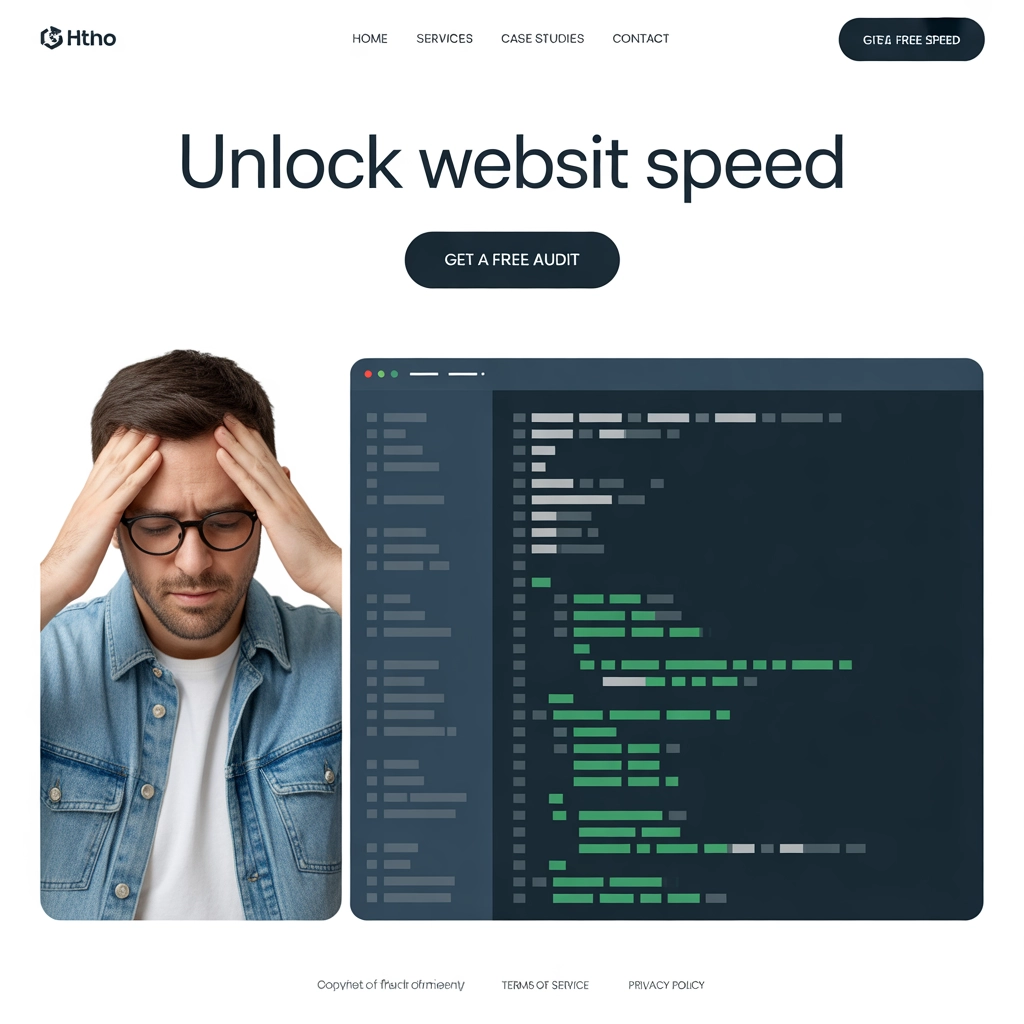What are Core Web Vitals?
Core Web Vitals are Google’s key metrics for measuring user experience, web performance, and SEO, focusing on LCP, FID, and CLS.
What are Core Web Vitals?
Originally introduced by Google, Core Web Vitals constitute a subset of signals that offer explicit insights into the performance of a web page. These performance metrics are developed to measure the user experience on their site. They reflect the speed, responsiveness and visual stability of a page, thereby setting a benchmark for a healthy, efficient website.
Why are core web vitals important?
Core Web Vitals essentially govern the performance and functionality of a website. They influence the overall UX, making them an important aspect in creating a high-quality website. They can greatly influence SERP rankings, as Google uses these signals during its page ranking process.
Google has always given priority to user-friendly websites. Over time, the importance of UX has grown extensively in Google’s search ranking algorithms. To be compatible with Google’s focus on UX, leverage the Core Web Vitals as a guideline to optimize your website’s performance, which eventually helps improve its SERP ranking.
Moreover, better Core Web Vitals scores lead to improved user engagement and decreased bounce rates. They enhance the overall user experience, leading to higher user retention and increased traffic on the website.
Types of Core Web Vitals
Core Web Vitals have three different types, each quantifying a distinct aspect of a web page. They are Largest Contentful Paint (LCP), First Input Delay (FID) and Cumulative Layout Shift (CLS).
- Largest Contentful Paint (LCP) is a representation of how long it takes for the main content of a webpage to load, with an ideal measurement being 2.5 seconds or faster. This ensures a quicker display of content, leading to improved user satisfaction and better UX. A slow LCP can increase bounce rates as users normally lose patience when the main content takes too long to load.
- First Input Delay (FID) quantifies the time from when a user first interacts with a webpage to when the browser starts processing that interaction. FID essentially measures the responsiveness of a webpage, and the ideal FID should be less than 100 milliseconds. It reflects the page’s load responsiveness, influencing the page’s UX considerably.
- Cumulative Layout Shift (CLS) measures the visual stability of a webpage. It quantifies the amount of unexpected layout shifts in a webpage, providing an ideal measurement of 0.1 or lower. Unplanned layout shifts can lead to a poor user experience, potentially causing reduced engagement and increased bounce rates.
These three signals collectively depict the user’s impression about your website’s performance. They are designed to help developers improve the user experience which in turn improves the website’s SEO and SERP rankings.
Examples of Core Web Vitals
A few examples can help demonstrate the importance and application of Core Web Vitals.
For instance, a well-optimized news website might ensure fast rendering of headlines (achieving good LCP) and rapid interaction readiness (good FID) to allow quick topic scanning and navigation. Meanwhile, ensuring that advertisements or pop-ups do not shift the content down while a reader is engaged (good CLS), provides a smooth reading experience.
Similarly, an e-commerce website might achieve quick load times of product images (good LCP), respond quickly to a user’s interaction, such as clicking on product details (good FID), and maintain stable layouts, preventing unexpected shifts that might interfere with the shopping experience (good CLS).
An educational site can strive for faster loading times of study materials (good LCP), quick responsiveness to user interactions like click on courses sections (good FID), and a stable layout that minimizes sudden shifts while students are studying, preventing reading disruption or clicks on wrong options (good CLS).
Handy tips about Core Web Vitals
Knowing how to optimize Core Web Vitals can significantly improve your website’s performance. Here are some tips:
Low response times
Ensure server response times are low for a quicker LCP. You can implement this by optimizing your server, routing users to a close CDN, caching assets, establishing connections to third-party domains, and serving HTML pages cache-first.
Minimize JavaScript execution time
Minimize JavaScript execution time to ensure a better FID. This can be achieved by breaking long tasks, optimizing your page for task efficiency, reducing the impact of third-party code, and keeping request counts low & transfer sizes small.
Use CSS
Use CSS aspect ratio boxes for images and videos; avoid inserting ads, embeds, or iframes without dimensions; and animate transitions to prevent unexpected shifts and achieve a low CLS score.
Conclusion
Core Web Vitals offer a comprehensive evaluation of your site’s performance from a user’s point of view. With Google’s increased focus on User Experience (UX), these metrics have become an indispensable part of SEO strategies and page ranking algorithms.
While these metrics can be quite technical, understanding their importance and implications can help with improving website performance and SERP rankings. The three distinct Core Web Vitals – LCP, FID, and CLS, each give unique insights into the load speed, responsiveness, and visual stability of your web pages.
Following the handy tips and guidelines mentioned above can help you optimize these vitals and ensure an enhanced UX, leading to better SEO performance and improved SERP rankings.
Frequently asked questions
- What are Core Web Vitals?
Core Web Vitals are a set of metrics introduced by Google to measure a website’s performance from a user’s perspective, including Largest Contentful Paint (LCP), First Input Delay (FID), and Cumulative Layout Shift (CLS).
- Why are Core Web Vitals important in SEO?
Core Web Vitals are part of Google’s ranking algorithm and directly affect Search Engine Results Pages (SERPs). Websites with good scores tend to rank higher and offer better user experience.
- How can I optimize Core Web Vitals for my website?
You can optimize Core Web Vitals by minimizing server response times, reducing JavaScript execution time, using CSS for layout stability, and optimizing images and third-party code.
Improve Your Core Web Vitals
Optimize your website’s Core Web Vitals to boost user experience and achieve higher search rankings. Explore tools and tips to enhance your site’s performance.



